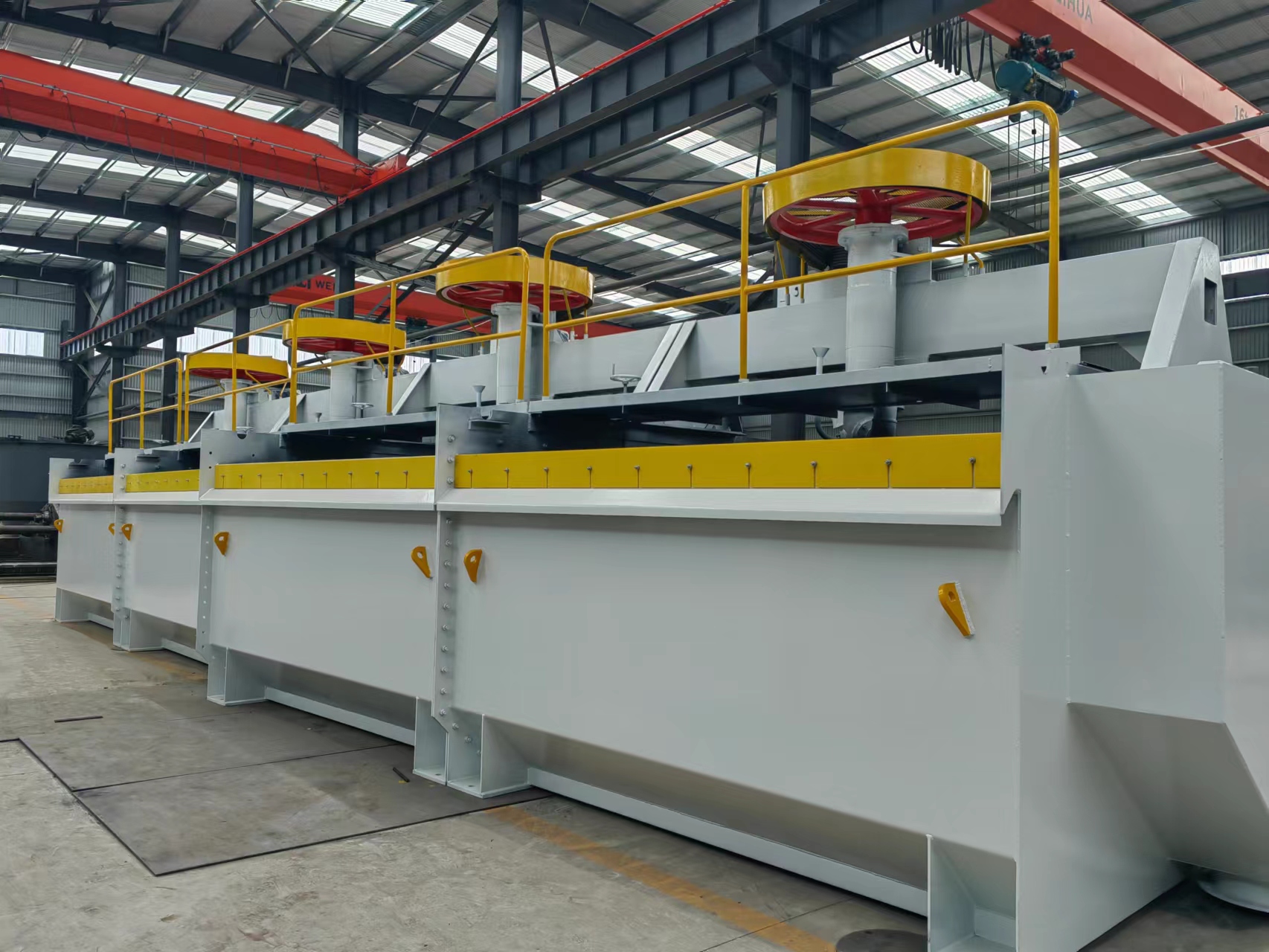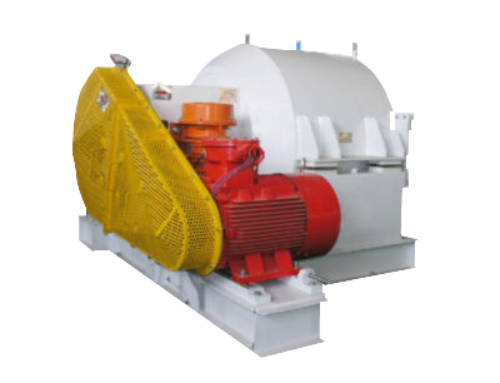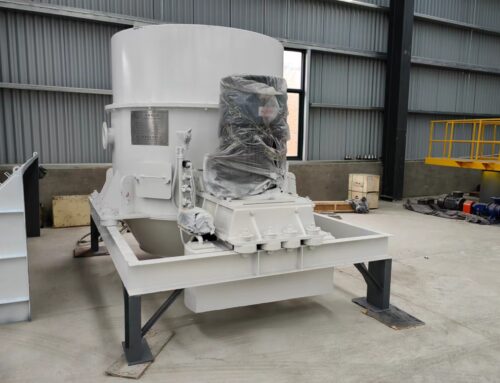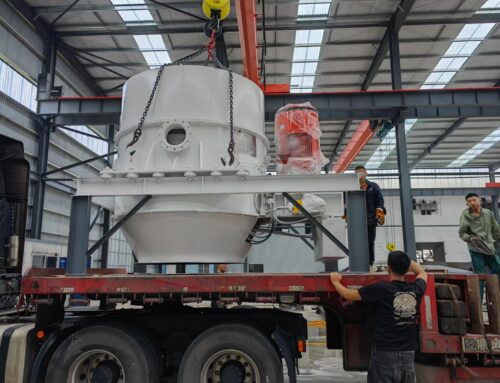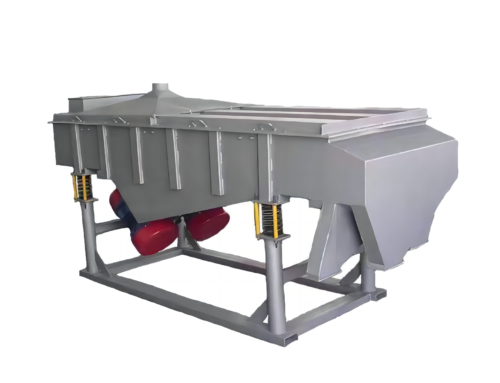Flotation, the process of separating minerals from ore by attaching them to air bubbles, is the cornerstone of mineral processing and plays a pivotal role in industries ranging from mining to environmental remediation. Its effectiveness relies on a delicate balance of factors, each contributing to the separation of valuable minerals from unwanted veins. Let’s take a deeper look into the intricate world of flotation and discover the key factors that drive its efficiency.
Use
Flotation machine is suitable for separating and selecting metals (copper, gold, aluminium, silver, molybdenum, zinc, etc.) and ores, and it can also be used for non-metallic (coal, etc.) sorting. It has many advantages such as large inflatable volume, high working efficiency, low operation cost, stable mechanical performance, easy replacement of wearing parts and low maintenance cost. Common form of mechanical agitation flotation machine.
The working principle
Flotation machine is the mixing tank in the slurry sucked, with the help of the lower part of the tank stator impeller rotating centrifugal role (stator and impeller structure similar to the centrifugal pump). On the one hand, the slurry is fully stirred, on the other hand, a large amount of air from the suction pipe, and the air is broken into small bubbles. The useful mineral particles, under the action of the agent, adhere to the surface of the air bubbles and float up to the surface of the slurry, forming a mineralised foam layer, which is scraped out of the flotation tank by the scraper and falls into the chute, while the tailings are discharged through the tail discharge pipe.
Understanding the factors at play
Chemical factors:
1.Trapping agents and surfactants
Trapping agents are essential chemicals in flotation that help minerals attach to air bubbles. These compounds, usually surface activators, have an affinity for specific minerals, allowing them to form a hydrophobic layer on the mineral surface. Common trapping agents include xanthates, dithiophosphates and thiogenic carbamates, each of which is tailored to specific minerals, enhancing their floatability.
2.Foaming Agents
Foaming agents help to create stable and persistent bubbles, which are essential for bringing hydrophobic mineral particles to the surface. By lowering the surface tension of the liquid phase, the foaming agent ensures the formation of a foam layer that can hold the mineral-rich bubbles, thus facilitating their separation from the veins.

Physical factors:
1.Particle size
The size of the particles has a significant effect on the flotation efficiency. Fine particles tend to have lower flotation rates due to the reduced probability of collision with bubbles. Controlling the particle size distribution in the feed is critical to optimising flotation performance.
2.Fluid Dynamics
The hydrodynamic conditions within the flotation machine affect the efficiency of the process. Factors such as agitation, air flow rate and slurry density affect particle and bubble transport, and thus the probability of collision and attachment.
Mineralogical factors:
1.Surface characteristics
The surface characteristics of minerals, including their composition, charge and hydrophobicity, determine their interaction with traps and ultimately their floatability. Minerals with hydrophobic surfaces tend to attach readily to bubbles and float, while hydrophilic minerals remain in the slurry.
2.Mineral Monomer Dissociation
The degree of monomer dissociation, or the degree to which valuable minerals are freed from the chondrites, greatly affects flotation. Proper grinding and crushing of the ore is essential to ensure that valuable minerals are exposed for effective separation.
Operating factors:
1.pH
Maintaining the proper pH is critical in flotation. It affects the surface charge of the minerals and the solubility of the trap. Different minerals show different floatability under different pH conditions, so pH adjustment is a key operating parameter.
2.Flotation reagent dosage
The precise dosage of flotation reagents (traps, frothers, modifiers) can significantly affect the efficiency of the process. Overdosing can lead to increased operating costs and reduced selectivity, while underdosing may lead to reduced recovery.
Environmental Factors:
Flotation, while essential in mineral processing, poses an environmental challenge due to the use of chemicals and water. Efforts are being made to develop more environmentally friendly and sustainable flotation processes, such as the use of environmentally friendly reagents and reduced water consumption.
Flotation is a complex process that is influenced by a number of factors, each of which plays a vital role in its success. Achieving optimum flotation performance requires a thorough understanding and careful manipulation of chemical, physical, mineralogical and operating parameters. Ongoing research and technological advances are aimed at improving efficiency while minimising environmental impact and ensuring the sustainability of this important mineral processing technology.
Four operations affect the flotation effect of flotation machine
Adjustment of flotation machine filling volume
Due to the special characteristics of the flotation method, the inflation volume of the flotation machine is very critical in the flotation process. Appropriate inflation volume is the premise of obtaining good flotation indexes, and excessive inflation volume will affect the selectivity of useful minerals. When the inflatable amount exceeds the limit, the flotation bubbles will even merge to form a gas flow, resulting in liquid surface overturning. At this time, the flotation machine can not form a stable foam layer, loss of useful minerals in the tailings. In general, when the slurry concentration into the flotation machine is higher, the useful minerals flotation is better, you can appropriately increase the amount of inflatable to ensure that the flotation machine has a higher processing capacity. When the concentrate index requirements are more stringent, the mineral flotation is poor or the concentration of flotation slurry is low, the inflatable volume can be appropriately reduced. According to the sequential position of different flotation chambers, the inflatable amount of each flotation chamber is also different, and it should be ensured that each flotation machine can form a stable foam layer.
Flotation circulation hole area
The stator or sleeve of the mechanical agitation flotation machine is equipped with circulation holes of a certain area. The size of the circulation hole has an important influence on the slurry circulation volume, and also has a certain impact on the flotation machine’s aerating performance and production index. Excessive circulation volume of the flotation machine will cause liquid surface tumbling, increase power consumption and impeller wear. The circulating hole area of the sleeve circulating hole has a more complicated effect on the flotation machine, and some types of flotation machine will reduce the inflated volume after the area of the slurry circulating hole is increased to a certain area, but the power consumption will still increase. In actual production, the area of the circulation hole should be adjusted according to the quality, processing capacity and type of flotation products to form a suitable circulation volume, and the debris on the circulation hole should also be cleaned regularly to avoid the circulation hole from being blocked.
Flotation machine mixing mechanism clearance
The radial and axial clearance between the impeller and stator of the mechanical stirring flotation machine has a great influence on the performance of the machine, and they all lead to a decrease in the aerated volume of the flotation machine, the absorption of the slurry, the uniformity coefficient of the aerated volume, and an increase in the electrical consumption of the machine.
Flotation machine mixing mechanism radial clearance is generally not more than 8mm, axial clearance is not more than 10mm. flotation machine unloading maintenance, metal or plastic plug ruler can be used to detect the size of the gap. Detection should be measured along the impeller circumferential direction of a number of points, take the average value.
Flotation machine bubble scraping and level adjustment
Scraping foam is an important process of the flotation machine, which is related to the level of flotation liquid and has an important impact on the quality and recovery of flotation concentrate. If the foam layer cannot be scraped out of the flotation machine in time, it will cause the foam layer to accumulate and the useful minerals to be lost in the tailings, which not only affects the recovery rate of the concentrate, but also affects the processing capacity of the flotation machine. On the contrary, if the foam is scraped out together with part of the slurry, the quality of the concentrate will be reduced. Therefore, it is very important to adjust the flotation liquid level. It should be noted that the flotation level rises, the amount of scraped foam increases, and the foam layer becomes thin. Judgement should be made according to the flotation machine structure, process link and other conditions, and timely adjustment should be made.
The above is the impact of flotation machine operation on the flotation effect, the actual production according to the different stages of the process, the operation of the flotation machine requirements are different, should be based on the actual situation and the process of production conditions for comprehensive consideration, scientific and reasonable operation of the flotation machine, to ensure that the process indicators of long-term stability and economic benefits.
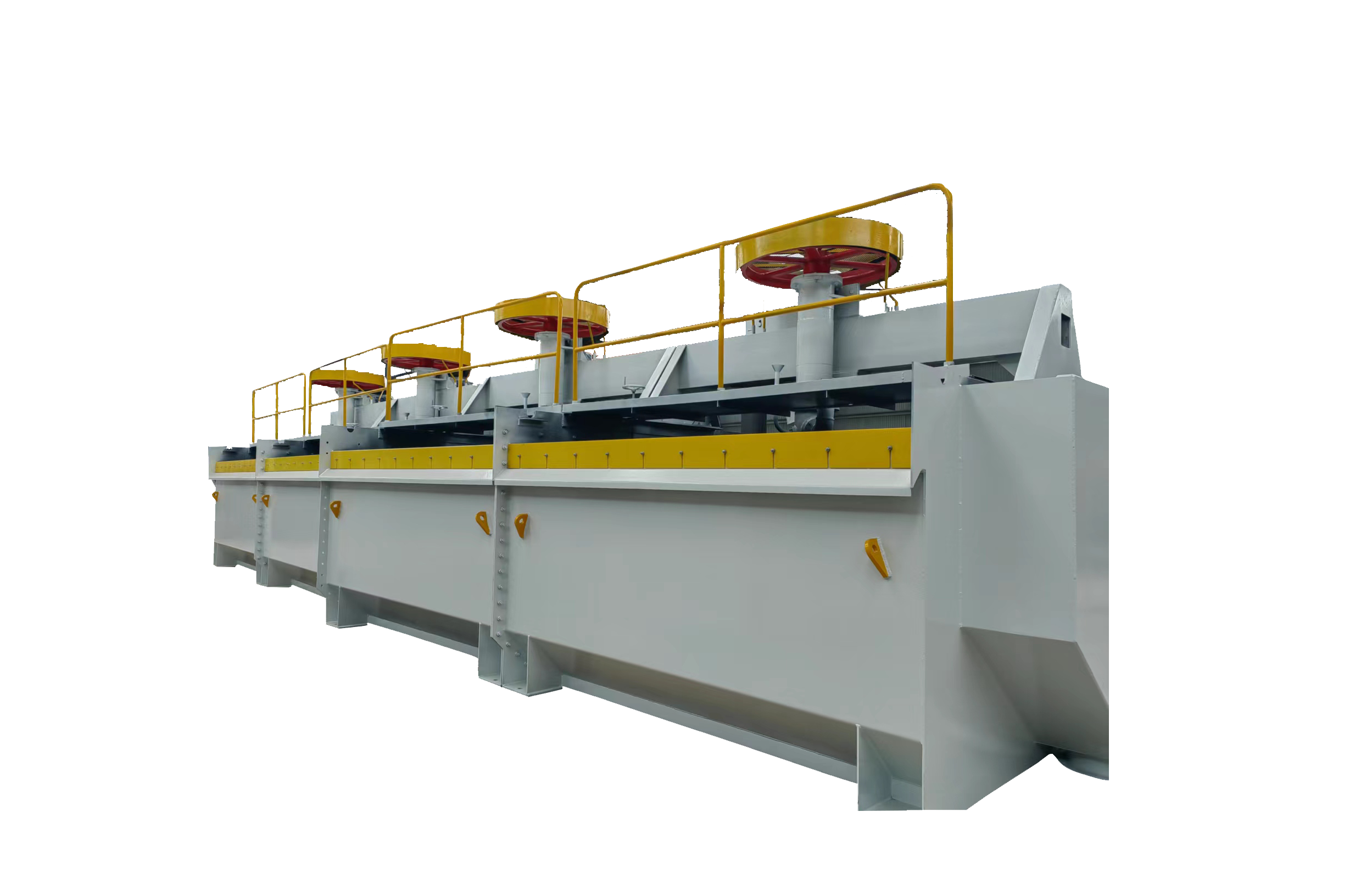
FAQs
What parts of the flotation machine should be checked frequently during operation?
1.The overheating of rolling bearings in the motor and impeller body, the general bearing temperature shall not exceed 35℃, and the high temperature shall not exceed 65℃.
2.Check the tensioning of the transmission belt, its elasticity should be appropriate, found that there is serious wear and tear, should be selected length, type of the same belt composition replacement.
3. Check the sealing of the oil seal rubber ring, and pay special attention to the grease in the bearing body not to leak into the slurry, so as not to affect the normal flotation work.
4. Check whether there is enough grease at each lubrication point, and if the oil is found to be less, it should be added in time.
5. Check whether there are other sundries in the tank.
What are the main things you should pay attention to when repairing a flotation machine?
1.When replacing the worn impeller and stator, the gap between the impeller and stator should be adjusted with shims to keep the gap within 6-10 mm.
2.The hose used to protect the main shaft should be checked for wear before installing the impeller, and if worn, it should be replaced with a new one.
3.If the axial clearance of the bearing is too large due to wear, just adjust the degree of compression of the inner and outer seat rings.
4.If the oil seal of the lower cover of the bearing body is found to be leaking, it should be replaced with a new one in time, and care should be taken not to press it too tightly.
What conditions should I pay attention to when commissioning and using the flotation machine after overhaul?
After overhauling the flotation machine, before the test run, the flotation tank should be carefully checked and cleaned, and then carry out the test run with empty car, and gradually add fresh water to run (pay attention to adjusting the size of the circulating holes) until the ore is given. At the same time, attention should be paid to check whether there is any deviation and impact phenomenon of the impeller body.
When starting the motor, the direction of rotation of the motor shaft should be checked, and it must be ensured that the impeller shaft rotates in a clockwise direction (looking down).

